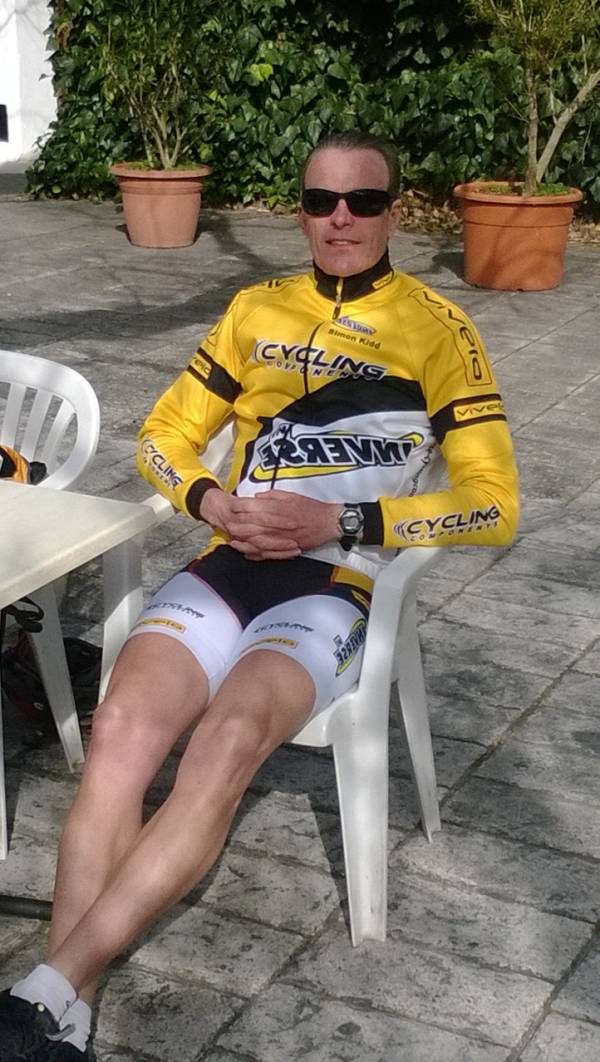I’m having a recovery week this week. When is the last time you took one? Recovery is an important part of getting stronger and in this article I’m going to explain why.
Recover to Get Stronger
During the last few weeks I have been training using exactly the same protocol as the original Tabata high intensity exercise experiment. (I will be revealing my experience of doing this in a future article.) My program has involved five days training per week with two rest days. I now have a few days recovery before doing a power test and comparing this with my previous, pre-program result.
But whatever program you have been following, a recovery week is essential in order to get stronger. Going back to our principles of training (specificity, overload, adaptation, recovery), our intention it to overload the body in order to apply sufficient stress that adaptation occurs in order to increase power output.
Recover to Perform Better
When we overload the body, it creates small amounts of damage that release chemical signals and hormones to promote growth. Every training program needs to allow some time for that growth to occur before we stress the body again. You can’t just keep accumulating damaged tissues without degrading your performance.

During periods of training where the overload occurs, performance will decline as the amount of fatigue and damage increase, (A). A period of recovery allows repair to take place and performance return to its previous level (B). Further recovery allows adaptation or compensation to occur leading to an increase in performance (C). If no further training takes place, performance will regress again (D).
Recover to Increase Power
Successively applying the correct periods of stress and recovery enable us to successively increase power output like the following diagram.

Each period of training starts at the point of completed recovery and adaptation from the previous period. If done correctly, this leads to an overall increase in performance in steps or waves.
If recovery is not allowed to occur, then performance will stagnate or even decline as shown in the next diagram.

When to Take Time to Recover
If the training intensity is too hard, then a large amount of damage can occur, or even injury, and this will require a longer period of recovery or several periods of training and recovery to achieve the former performance. So in addition to taking time to recover, you shouldn’t overdo things either. A sustained level of regular training will lead to better results than an intermittent damaging effort.

Recovery periods can also be applied during the racing season. A few weeks of racing will cause an accumulation of fatigue, and as racing events require significant efforts, you will also incur small amounts of damage in the body. A period of recovery every few weeks will enable you to tackle the next part of the season refreshed and with renewed performance. It is unlikely that you will be able to produce the same performance week after week without some recovery.
The Best Way to Recover
One option might be to completely rest. Another option might be to perform very light exercise. The period of recovery will change with your age and level of conditioning, as well as with background stress caused by lifestyle factors. Age, stress, and lack of sleep will slow down the recovery process. So, what approach is best?
 Well, in 2009 a study was done to compare one hour of light exercise with three hours of light exercise during the recovery phase following some intense cycle training. The recovery phase lasted four days and followed thirteen days of intense training. The riders performed either one hour or three hours of low-intensity recovery cycling on these four days.
Well, in 2009 a study was done to compare one hour of light exercise with three hours of light exercise during the recovery phase following some intense cycle training. The recovery phase lasted four days and followed thirteen days of intense training. The riders performed either one hour or three hours of low-intensity recovery cycling on these four days.
The results indicated that the one-hour light recovery sessions allowed the riders to return to their previous levels of peak power output, maximal heart rates, and maximal lactate concentrations. The three-hour recovery sessions made the riders performance even worse.
Therefore, from this study it appears that keeping your enthusiasm at bay and keeping activity very light and for short durations during your recovery phases works best. I’m working on putting this one into practice myself
References:
1. Faude, O. Meyer, T. Urhausen, A. and Kindermann, W. “Recovery training in cyclists: ergometric, hormonal and psychometric findings.” Scandinavian Journal of Medicine & Science in Sports, Volume 19, Issue 3, pages 433–441, June 2009
2. Olbrecht, J. The Science of Winning. F and G Partners. Kersenbomenlaan, Belgium. 2000.
Photo 1 courtesy of Shutterstock.






